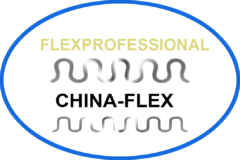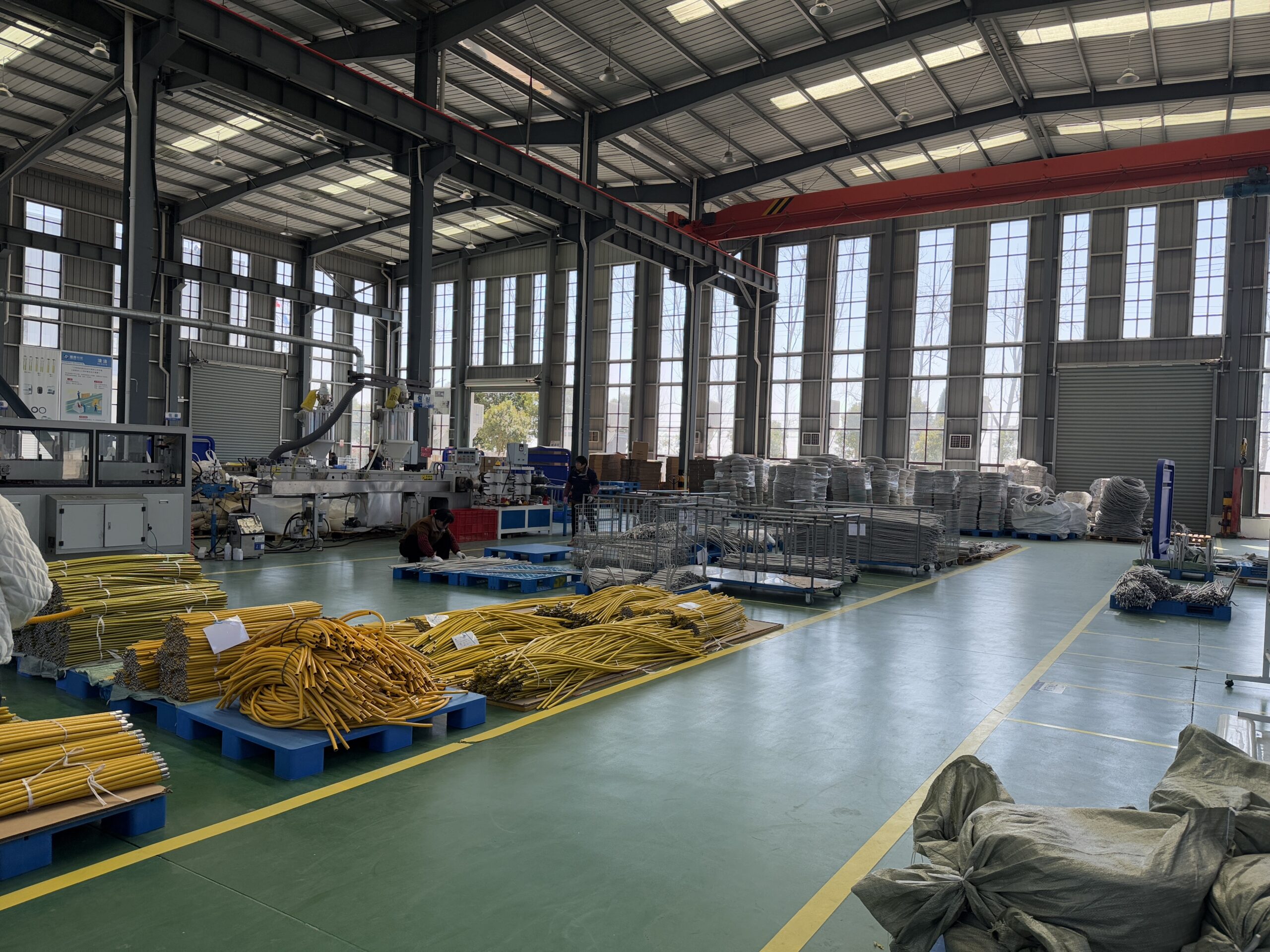Gas hoses, essential for safely transferring flammable gases in industrial and household applications, require specialized manufacturing processes to ensure flexibility, durability, and leak-proof performance. These hoses are typically made from synthetic rubber or thermoplastic composites reinforced with textile or metal braids. The production chain relies on three pivotal types of equipment to transform raw materials into reliable, safety-certified products.
Material Mixing and Extrusion Systems
The journey begins with blending raw elastomers (such as EPDM or NBR rubber) with additives like anti-aging agents, plasticizers, and flame retardants. High-shear mixers knead the compounds into homogeneous batches, ensuring consistent material properties. This mixture is then fed into an extruder—a screw-driven machine that heats and presses the rubber through a die to form a continuous tubular profile. Precision temperature control during extrusion is critical to avoid premature curing and to maintain the hose’s inner diameter accuracy. For multi-layer hoses, co-extrusion systems simultaneously layer different materials (e.g., an inner gas-resistant tube and an outer weatherproof coating) into a single structure.
Braiding and Reinforcement Machines
To withstand high pressure and mechanical stress, gas hoses are reinforced with textile or stainless steel braids. Braiding machines, equipped with rotating spools of yarn or metal wire, weave these reinforcements radially around the extruded tube. The number of braid layers and the angle of the weave (typically 54.7° for optimal strength) are precisely controlled to balance flexibility and burst resistance. Advanced systems integrate real-time tension monitoring to prevent weak spots, ensuring compliance with standards like EN 1763 or ISO 5774. For high-pressure applications, helical metal wire embedders may add a corkscrew-shaped steel layer between braids, enhancing collapse resistance during bending.
Vulcanization and Quality Testing Systems
After braiding, the hose enters a vulcanization autoclave—a pressurized oven where heat and sulfur compounds chemically cross-link the rubber molecules, transforming the soft tube into a resilient, elastic product. Steam or electrically heated autoclaves maintain precise temperature gradients to avoid deformation. Post-curing, automated testing equipment validates each hose’s safety: pressure test rigs inflate samples to 2–3 times their rated pressure to check for leaks or ruptures, while flexibility testers simulate repeated bending cycles to ensure longevity. Hoses destined for harsh environments undergo additional checks, such as ozone resistance chambers or flame exposure tests, to certify their suitability for industrial or outdoor use.
Integration and Sustainability Trends
Modern gas hose factories integrate these systems into automated lines, with robotic arms transferring hoses between extrusion, braiding, and vulcanization stages. Sustainability innovations are also emerging, such as solvent-free mixing technologies to reduce VOC emissions, or recyclable thermoplastic materials replacing traditional rubber. Nevertheless, the core focus remains unchanged: delivering hoses that prioritize safety, performance, and compliance in an industry where failure is not an option.

